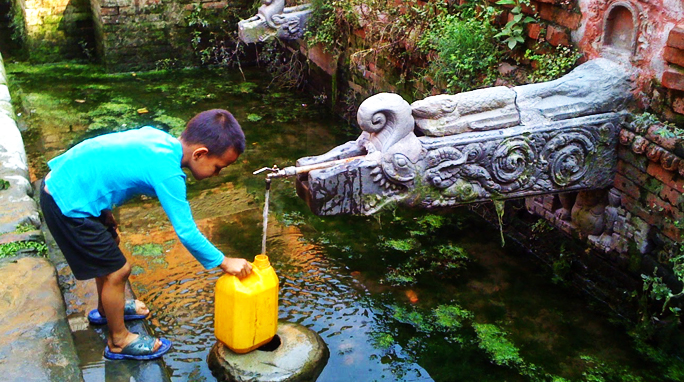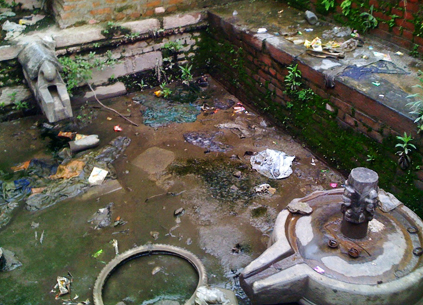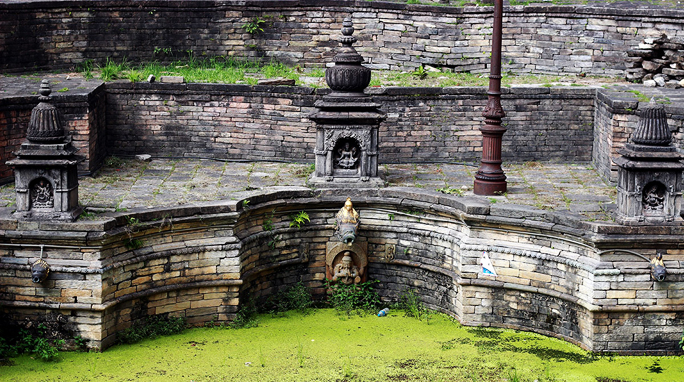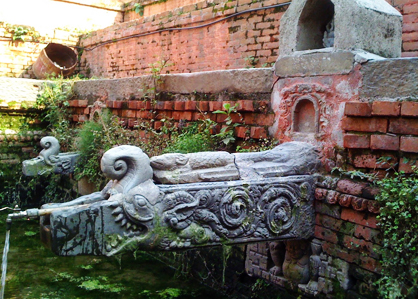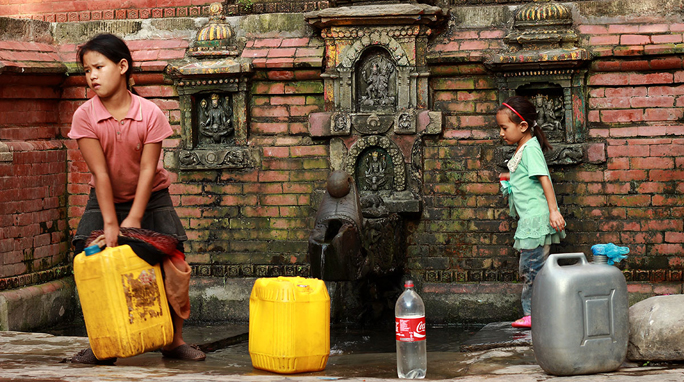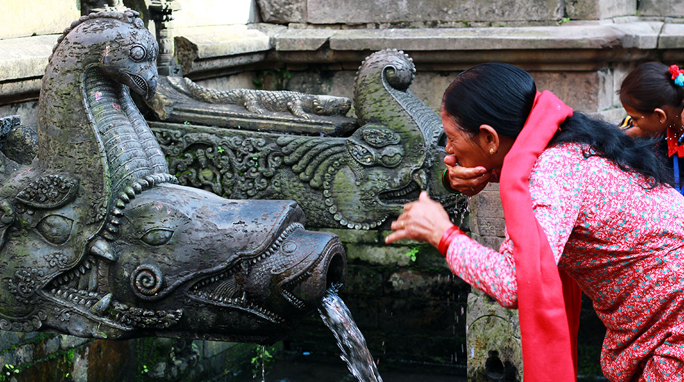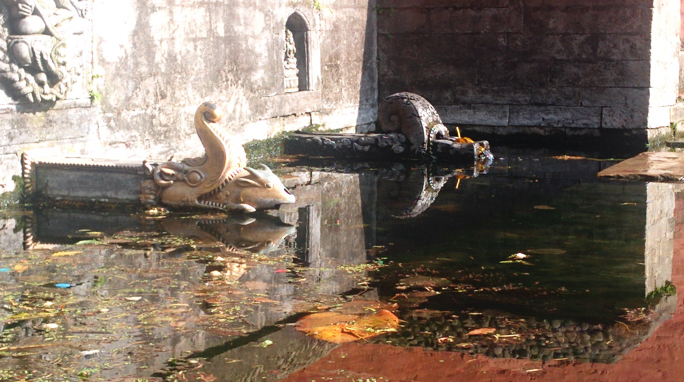By Sanyukta Shrestha
Presented at Nepal’s Earthquake One Year On: Resilience, Relief and Remembering organised by Britain-Nepal Academic Council, School of Oriental and African Sciences (SOAS), London
18th May 2016.
With the passing days and months after the April 2015 earthquake, people gradually started leaving those Facebook group chats one after the other. The chat rooms which once grew exponentially with the addition of every friend who could potentially help, slowly turned quiet. The social media groups that frequently bore names like “Rescue Team”, “Earthquake Help” or “Relief Coordination Group” and so on, would bring information about some hotel or school building offering space for hundreds of people, or a source of free food citing some wholesale supplier’s contact details. All different kinds of information; some about the needs, others about the resources, – and the question was, who would connect the dots and how.
Connecting the dots
From the official report of the government to the headlines in mainstream media, everyone spoke at length about the unparalleled role of Nepali youth in post-earthquake rehabilitation and reconstruction, both on ground and from the diaspora. Less was discussed about the various technological innovations that the technical-minded youth put together in fighting with the prevailing ills of nature. It were groups like these that most software developers like me found themselves in.
While Internet giants were already playing some exemplary roles like the Google Person Finder and Facebook Safety Check, launched immediately after the first tremors hit international headlines, they indeed were a great boost to the computing generation of Nepali youth ranging from non-resident professionals to the fresh local graduates with great enthusiasm to make their knowledge into use for their country in dire needs.
The PlatformsOne of the simplest among those was an interface to capture updates from Hospitals about the latest data on casualties and the medical facilities available. It gathered some important information on severity of the injuries, type of physician needed, type and quantity of blood needed, etc. Another was an earthquake resource sheet prepared to map the need for water, food, shelter and medical resources. It maintained a big pictorial database of the types of relief needed over earthquake-hit regions, mainly useful for those ready with relief materials to be distributed but did not know what is to be distributed and where.
While there was a similar project under construction by Stanford University, Nepali youth responded pretty quickly in releasing different kinds of effective earthquake mapping interfaces for information on earthquake damage, relief needs, people trapped, missing person, blocked roads, shelter area, or recovery needs. One could also get alerts after registering one’s local city. Research and Monitoring software were also developed for the assessment of immediate humanitarian needs of people affected by the earthquake whilst collecting real-time data during field surveys.
Moreover, an ideathalon which conducted by Nepali software engineers from USA, UK and Nepal. Following an open call for ideas of technical projects from college-level students, 200 proposals from various technical backgrounds were received from all over Nepal. The winners went on to the next phase of apprenticeship and development of their projects which got implemented in earthquake-hit areas.
The Undercover Youth in Social Media
By 2014, Facebook users in Nepal had reached a soaring 4.5 million compared to just nearly 1 million until 3 years back. Some of the early hands-on information from Sindhupalchowk had arrived from Facebook status and photos posts while users were traveling to district offices for supplies. It went viral easily as popular actors like Nischal Basnet were updating the news from their destroyed houses in Sindhupalchowk, while popular tweeters like Kunda Dixit were one of the first to update about inner settlements of Bhaktapur.
While all these news updates were making rounds, thanks to non-resident Nepalese circulating it as much as they could, the Nepalgovernment was trying hard to centralize the incoming international support including those from non-resident Nepalese. As the government had failed beyond comprehension in the much-debated constitution-building process for almost a decade, and demonstrated no sign of responsibility in reaching up to public even after weeks of the major earthquake, a large group of undercover youth were active in diverting the relief materials from the airport to those teams who were distributing relief items on the ground-level, from as far as Barpak to the inner cities of Sankhu.
Nepal government had created a clear competition among its embassies around the world, publishing the list of funds they had collected from donors in their countries in the name of transparency. Embassy offices from London to the Saudi Arab published special notices promoting their contact details for donation, while the ambassadors were also reaching out to Nepali communities in the diaspora as a total role reversal not seen before then. As there was no track record of the government in mobilizing funds transparently, and that was what it was most criticized for, there was a clear mistrust in general public, except for those who were either already trying hard to influence the embassy authorities for personal agenda, or in the blind faith in strengthening an institution which had been internationally slashed for top corruption charges and systematic irregularities.
The way the undercover youth group (UYG) carried out its activities was in quite an integrated fashion yet very simple. They would collect and circulate information over social media, list out both needs and supplies over chat groups where members were added and removed as per need, and someone will be appointed with those information at the airport to receive incoming supplies, at the district offices to facilitate and guide the volunteers until they reached the locations which were worst hit by the earthquake, and update the progress to rest of the team.
Some of the above software tools were also utilized by this undercover youth group in tracking down the supplies and needs in question. Many of the members of UYG would be active participants and the rest would be silent observers. Those inactive would be removed regularly in order to make space within the limited 100 and something capacity of Facebook message groups. They would not do anything illegal but made sure whatever information they had about the needs would be fulfilled, and they would do their best in influencing potential donors who would otherwise contribute to either international charities who pay fat salaries to their staff, or the government which was repeatedly failing to gain their trust through events like the infamous distribution of tents to the member of parliaments when the general public were in much worse situation.
A year on
A year on from the April 2015 earthquake, the kind of news we are getting from Nepal, be it the NRs 22 lakh worth of expired relief medicine being burried under earth in Nawalparasi after the government failed to mobilize in time, or the 160 tonnes of WFP’s rice grains that got rotten in the store houses of Sindhupalchowk, have left less ground to disqualify what UYG did immediately after the earthquake, while the government was issuing statements that publicly declared personal distribution of aids as almost illegal.
After a year, the government has finally released a 5 year plan for rehabilitation and reconstruction while the local youth groups in some of the areas like Sankhu and Bungamati have even voluntarily reconstructed he major settlements and heritage sites. While the 5 year plan excels in creating 36 internal departments with only one section that engages the community, called “Training and Capacity Building Section”, it does not make use of the youth intelligence and skills as much as it could. Given the kind of mainstream media we have in Nepal, which blindly follows celebrity culture and the show-off earthquake voluntarism, I felt the need to present this collection of information on Nepali youth whose potential is as much in every sector as it is in the technical, which they have proved in the year gone by.


